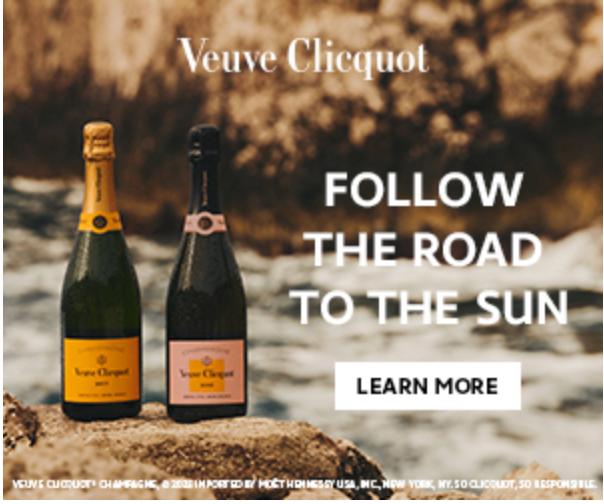Mayenda Introduces Reposado Double Cask, A First-of-its-kind Aged Sipping Tequila Infused with Roasted Agave & Agave Miel
Mayenda, the sipping tequila that goes two steps above, today introduces its newest offering, Mayenda Tequila Reposado Double Cask.
Mayenda Reposado is a sophisticated evolution of Mayenda Blanco
Mayenda Reposado is a sophisticated evolution of Mayenda Blanco — the first tequila made using the brand’s signature process of infusing the finest tequila with both roasted agave and agave miel (honey) before the final distillation step.

This naturally deepens the notes of fresh roasted agave and adds herbal complexity with only three ingredients: Blue Weber agave, yeast, and water.
Watch our YouTube Channel

For Mayenda Reposado Double Cask, the tequila is then aged for six months in a mix of American and European Oak, showcasing Mayenda’s continued commitment to developing innovative tequilas that stand apart from others on the market today.
This elegant sipping tequila will be available in the U.S. and Mexico beginning June 2024.
“With Mayenda Blanco, we knew we had unlocked new possibilities for expressing deeper flavors of the agave, thanks to the two extra steps in our signature process; yet it still felt like we had only scratched the surface of what was possible,” said Jesus Susunaga, Maestro Tequilero at Casa San Nicolás. “When developing our Reposado, we decided to employ a double cask maturation and longer aging process. This resulted in an exceptionally smooth and balanced, aged tequila that maintains the soul of our beloved Blanco.”
Mayenda’s Signature Process: Every Mayenda Tequila is made at Casa San Nicolás (NOM: 1440) in the highlands of Jalisco, using only mature 100% blue weber agave. Mayenda starts the same way as other premium tequilas, but the magic is in the two extra steps. Maestro Tequilero Susunaga and his team steep (or infuse) roasted agave and then agave miel from the cooking process just before the last distillation step. This naturally captures fresh roasted agave notes and herbal complexity that are typically lost in the tequila-making process, creating a soulful sipping tequila with a honeyed and multi-dimensional flavor profile.
Double Cask Aging in American & European Oak: For Mayenda Reposado Double Cask, Mayenda Blanco is then aged in the finest American and European Oak barrels. Each barrel type enhances the opposing characteristics of the other — one barrel adds impact while the other softens. The dry, spicy and earthy profile of cinnamon, chamomile and red apple in the European Oak is expertly balanced with the rich, fresh, sweeter notes of butterscotch, honeycomb and vanilla in the American Oak.
A Longer (6 Month) Aging Process: While most Reposado Tequilas are aged two to three months, the aging for Mayenda Reposado Double Cask is extended to a minimum of six months to impart the optimal amount of flavor from each cask. A longer aging time brings a more sophisticated, multi-layered and refined flavor profile.
Artful Master Blending: Careful to keep the essence of Mayenda Blanco in every sip, Maestro Tequilero Jesus Susunaga and his team of experts at Casa San Nicolás carefully blend every drop of Mayenda Tequila to ensure the highest quality of consistency, flavor, texture and refinement. Jesus’s extensive experience blending some of the finest aged spirits around the globe has helped him master this delicate craft and pioneer a new type of tequila in Mayenda.
Mayenda Reposado Double Cask may be enjoyed neat or in elevated cocktails such as a Morita Martini or Elevated Paloma. For recipes, visit mayendatequila.com.
Mayenda Reposado Double Cask will be available at select retailers in the United States for SRP $75USD per 750 mL bottle and in Mexico for $1,445 Pesos. Please sip responsibly.
Follow them on social media @mayendatequila and visit their website Mayendatequila.com



